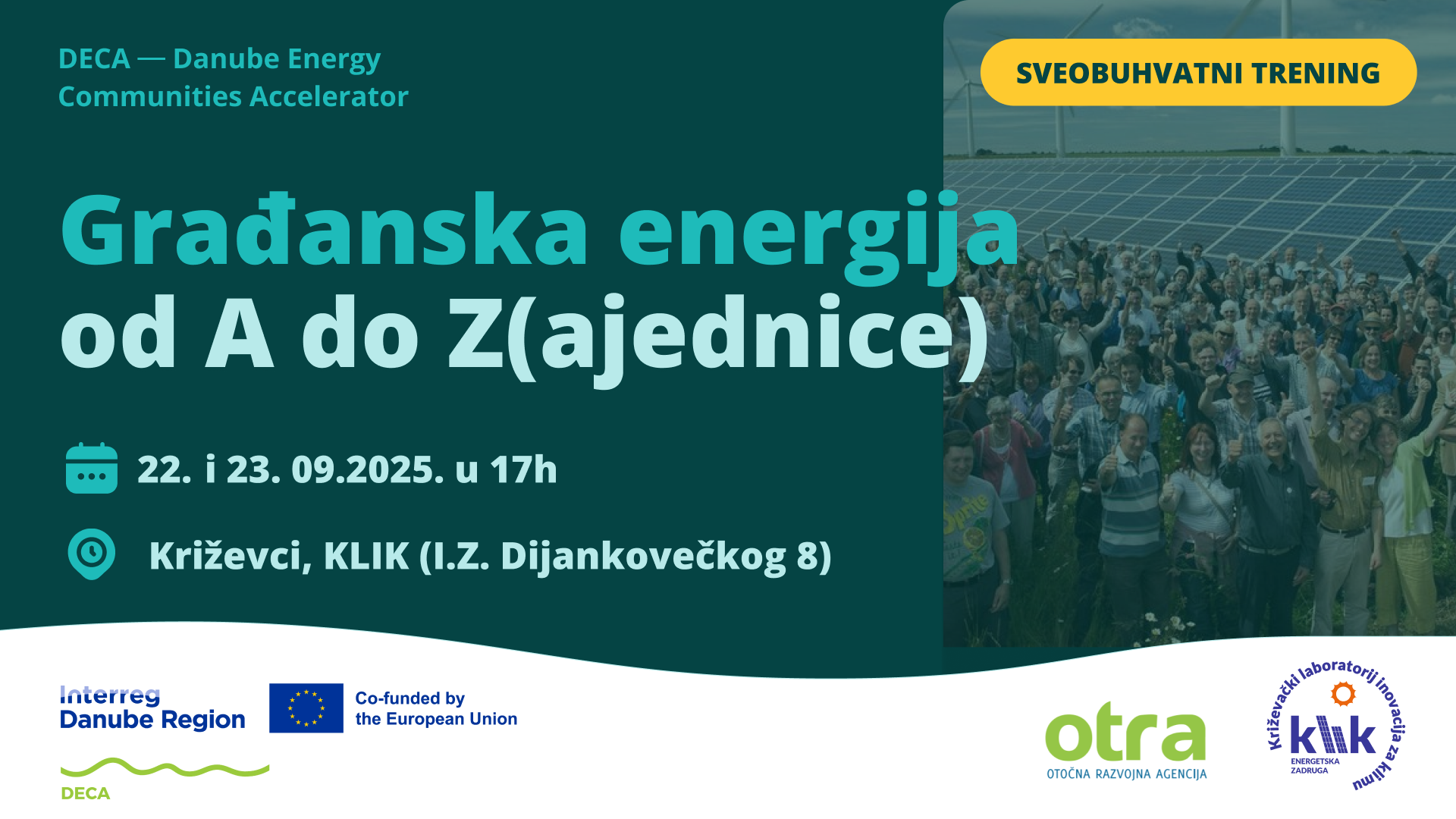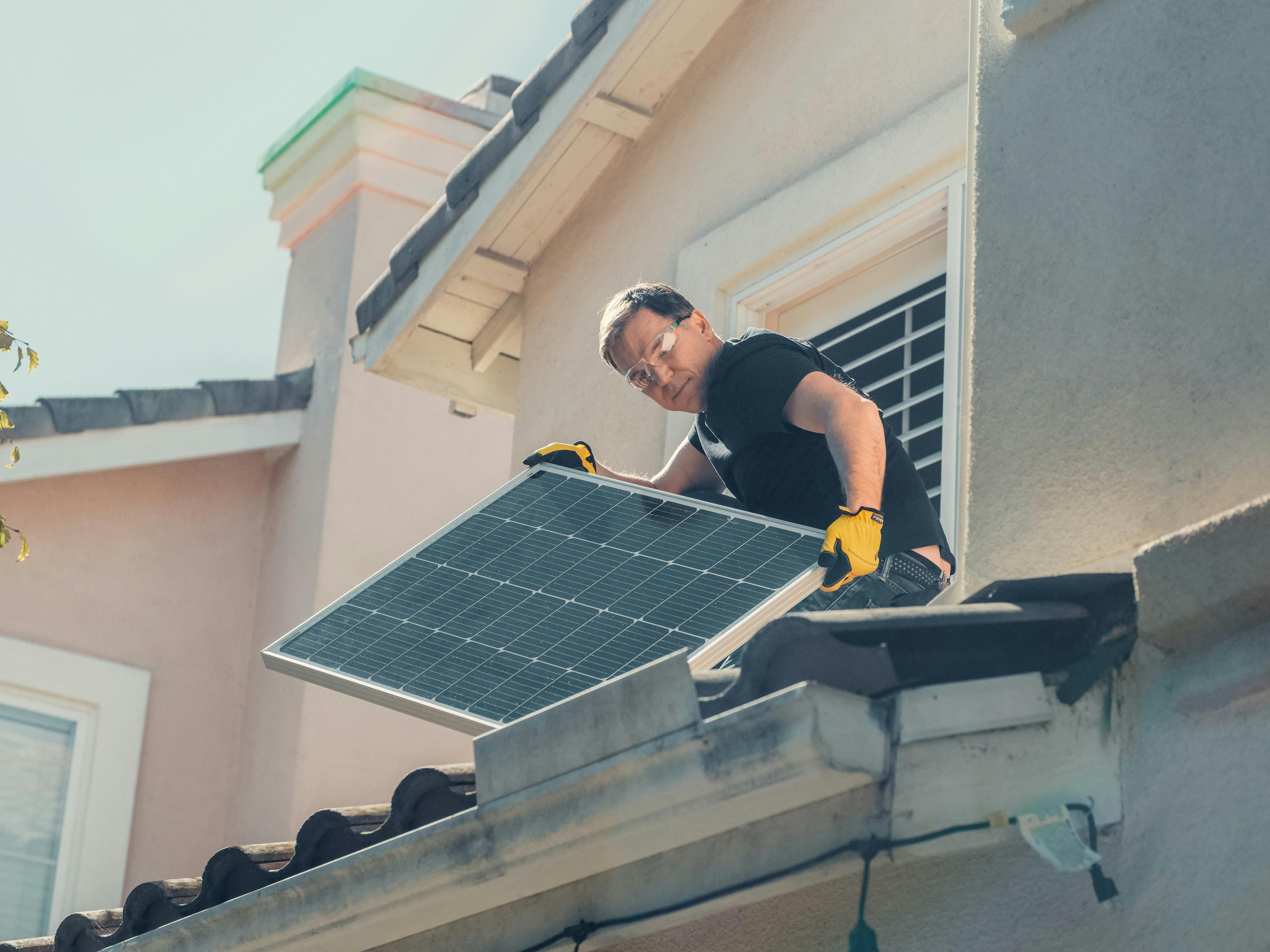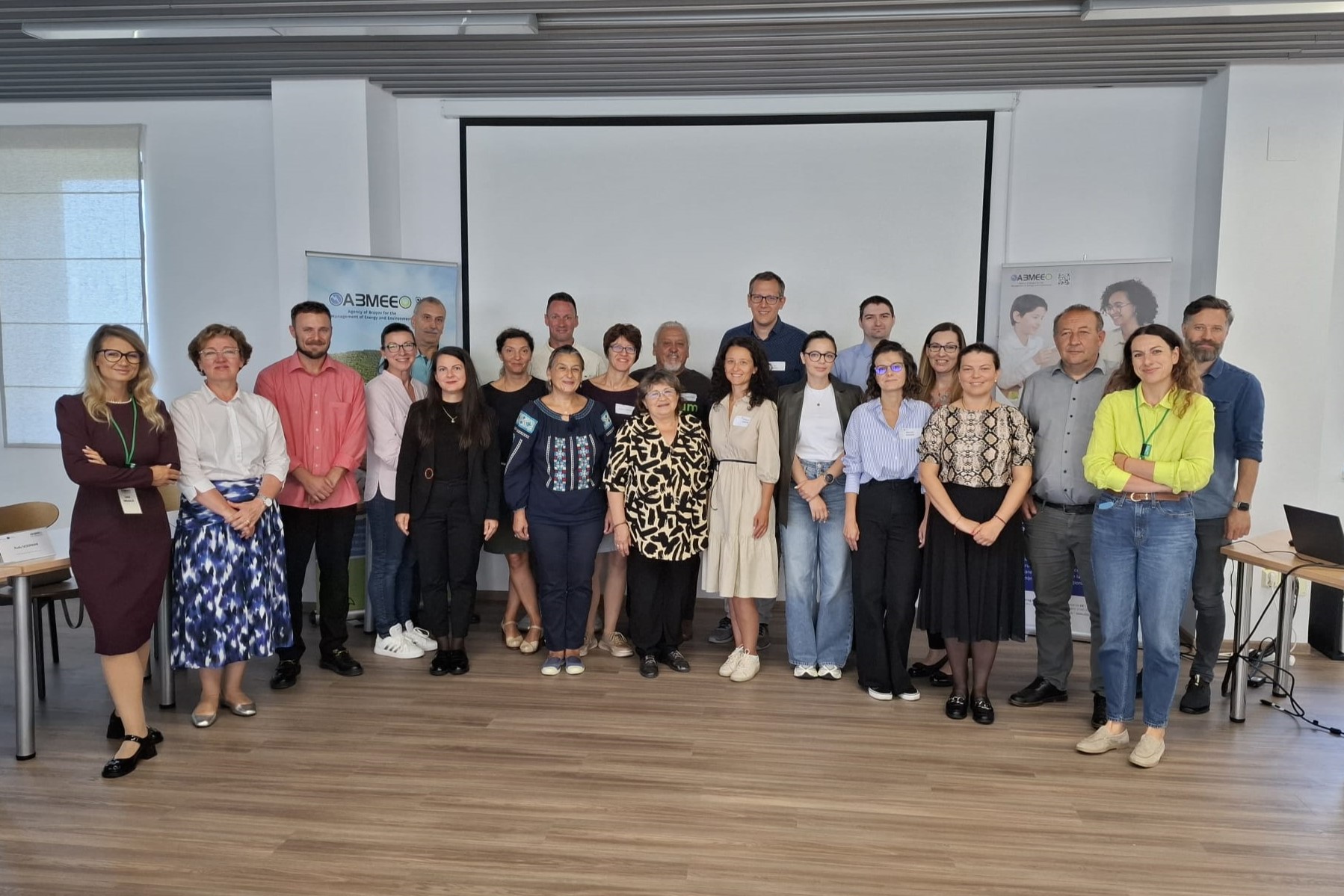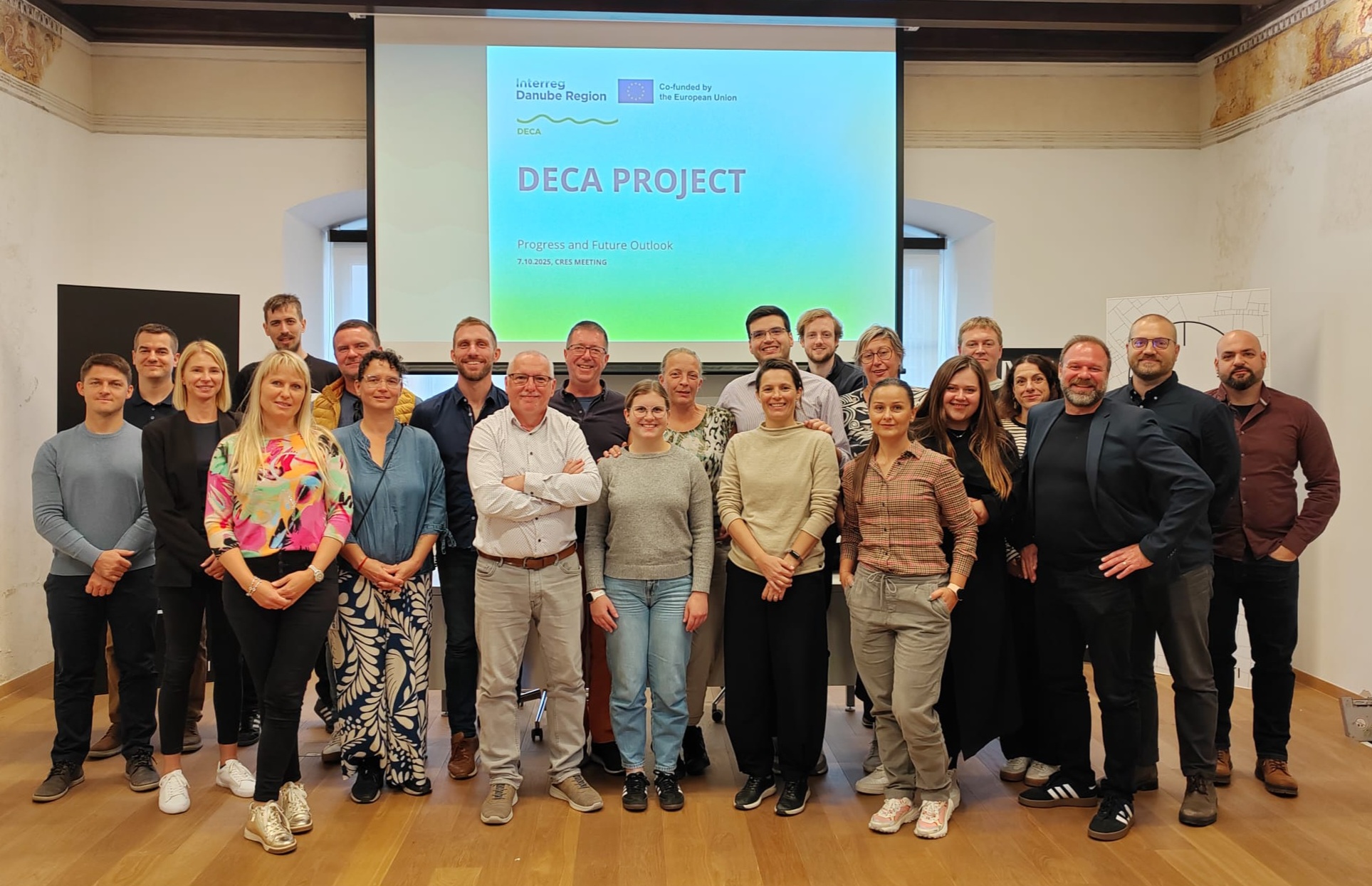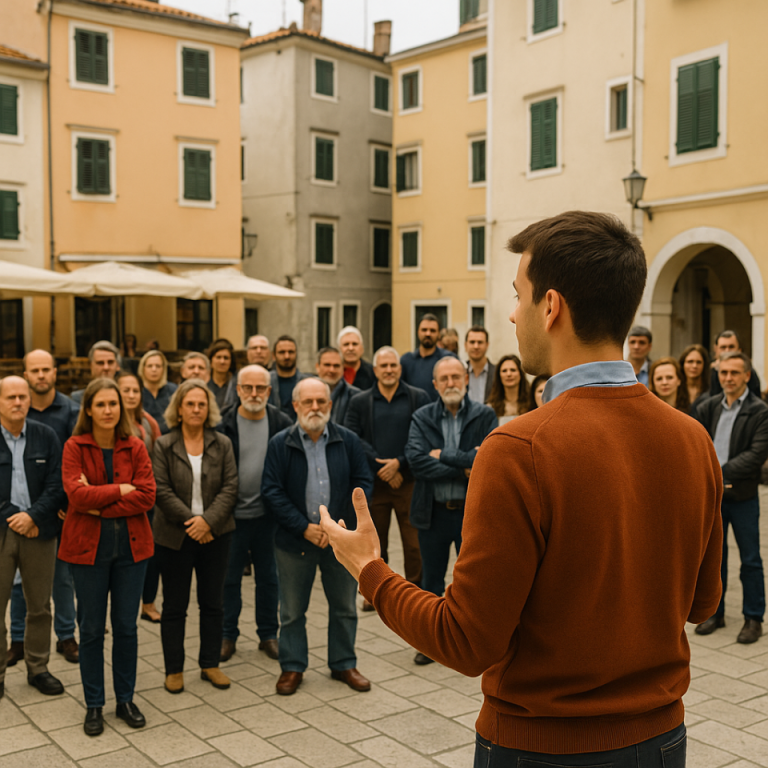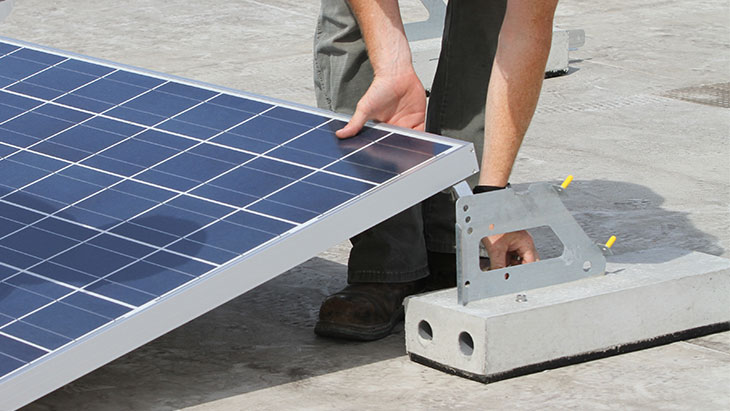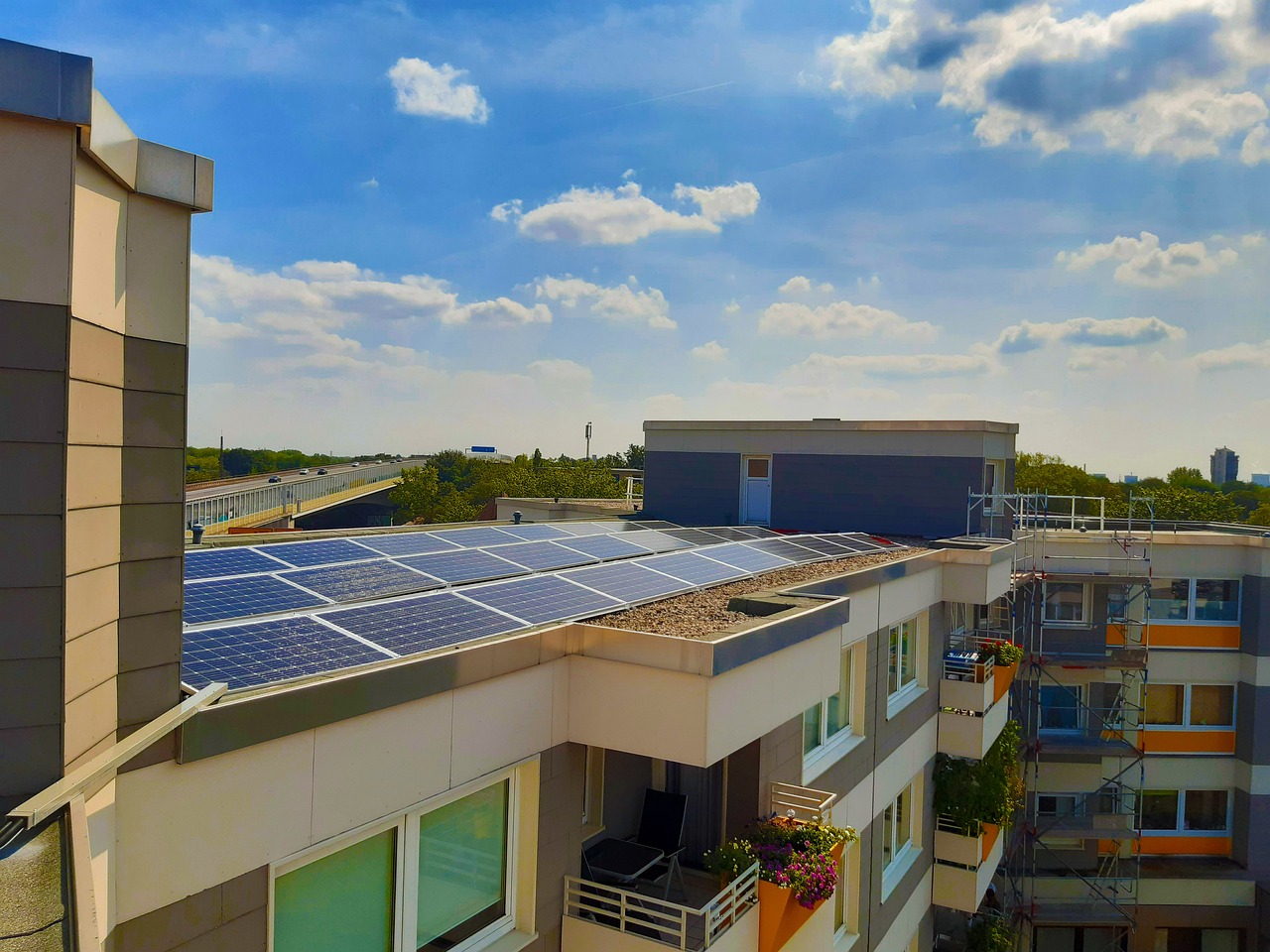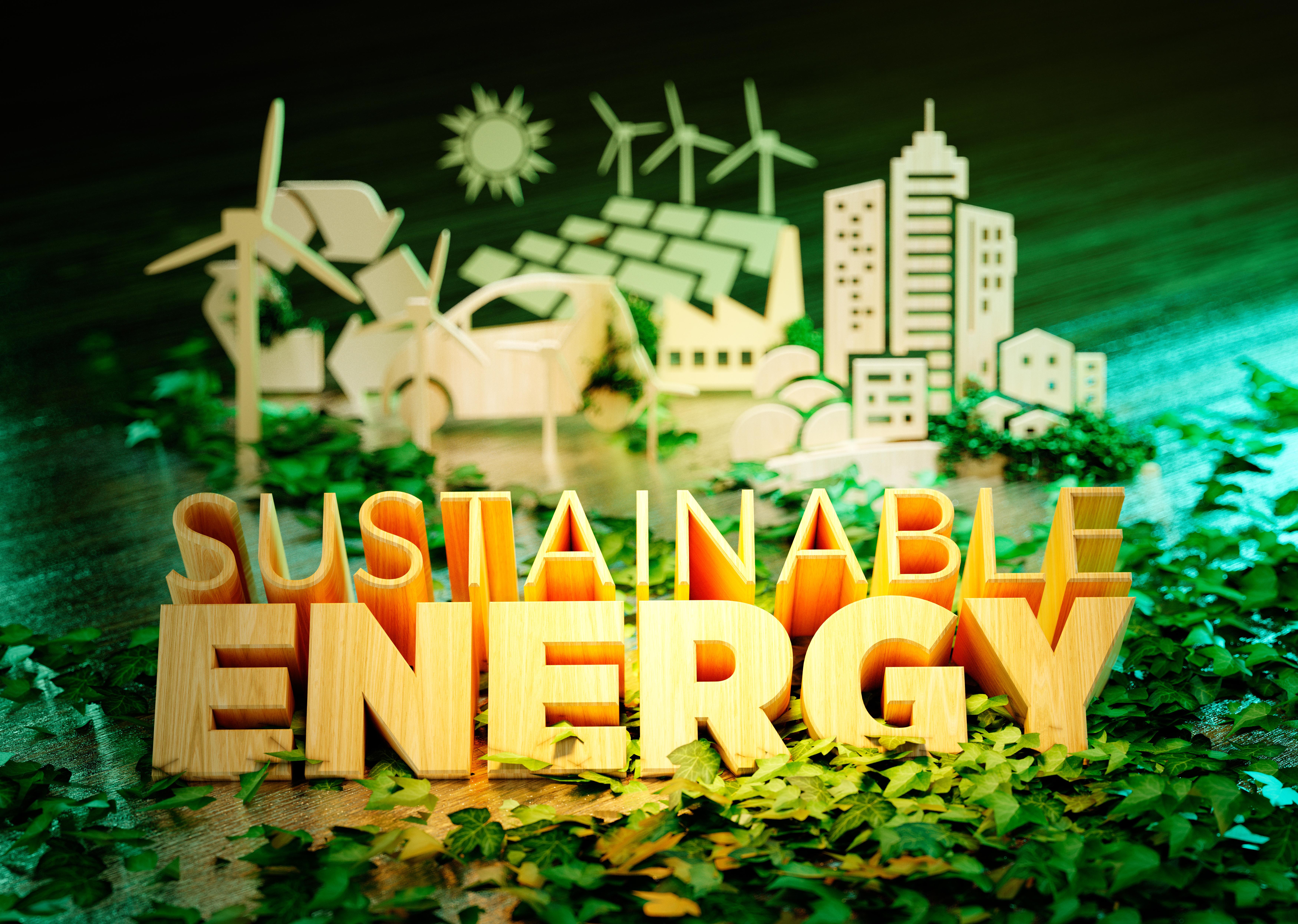
CO2 Friend or Foe of Community Energy?
CO2 Friend or Foe of Community Energy?
Energy communities, such as those supported by the Interreg DECA (Danube Energy Community Accelerator) project, are proving invaluable in driving the transition to green energy. Taking Austria as an example, they have demonstrated how localized renewable energy production can meet sustainability goals while offering economic benefits, such as reduced grid fees and greater energy independence for local communities.
However, there is an opportunity to unlock even greater potential through balancing the national grid.
The Missing Piece: Storage Solutions
Energy communities often rely on solar power, which peaks in tandem with national renewable energy production. On windless, foggy winter days, both the communities and the grid struggle. Battery storage is a common solution to the problem, but we need:
Improved battery storage policies:
Currently, those in Austria are penalized by double grid fees when using battery storage—once when charging and again when discharging. Eliminating these fees would make storage far more viable.
Community battery funding:
Austria has taken a step in the right direction with €18 million available for medium-scale energy storage projects. This funding is a significant opportunity for energy communities to implement centralized storage solutions. (Read more here: Austria Energy Storage Grants)
While lithium-ion batteries have a carbon footprint, they remain the most efficient option available today. Alternatives like pumped-storage hydropower offer great efficiency but are geographically constrained. Emerging technologies, like iron-air batteries and hydrogen/ammonia storage, show promise but are not yet widely deployable. We need to diversify and invest in a range of hydro, wind, solar, geothermal, and sustainable biomass.
Novel solutions to the problem
Cogeneration: Generators producing electricity from lower-carbon alternatives, such as biomass (local wood pellets, for example), can be paired with district heating systems. The waste heat from power generation can be utilised to heat homes, achieving efficiencies as high as 60–90%. Roughly double the conventional rate.
EXAMPLE
Bad Reichenhall, a member community of DECA partner Alpine Pearls has done exactly this. Alongside using hydroelectricity to provide district heating from groundwater heat pumps, they have adopted a novel joint heat and power generating system (CHP). In addition to this, they also have three hot thermal storage containers, their own rooftop solar array and they use excess renewable electricity during peak times for heat production, easing grid pressure. As a plus point to this, the municipality has also set up e-charging stations for the people, by the people of the city. Every penny spent is something back in the community coffer!
Innovative storage:
Not perfect, but an idea that could really blow up!
CO₂ is unique. When used in closed-loop systems, it can store energy by transitioning between gaseous and liquid states. This method leverages its unique properties, in that it can be liquid at ambient temperatures, and there is no need for deep cooling, unlike with nitrogen.
How It Works:
CO₂ is compressed and stored under pressure during periods of excess renewable energy production. When energy is needed, the stored CO₂ is expanded, driving turbines to generate electricity. This process offers impressive efficiencies, all things considered, ranging from 70% to 80%. The heat generated during compression is stored and used to pre-heat the CO2 before entering the turbines.
Advantages of CO₂ Storage:
High Energy Density: CO₂’s properties allow it to store significant amounts of energy in a relatively compact system.
Scalability: Utility-scale systems can be developed with lower geographical constraints compared to pumped-storage hydropower.
Sustainability: By reusing CO₂ in a closed cycle, this technology minimizes emissions while contributing to the energy transition.
Coupling with a solar farm could balance the day/night disparity in energy supply.
Challenges and Potential:
While CO₂-based energy storage is not yet widely deployed, it holds substantial potential for long-duration energy storage, particularly in regions where geographic or financial limitations restrict other solutions. It may use a significant amount of space, but the unit cost may be half that of a battery set up of the same MWh capacity.
For an exciting project see: CO2 Battery Project – Sardinia, Italy
To close, while many of these storage solutions are costly and not within the reach of individuals, working on a community or municipal level, there are many potential avenues to be explored. Energy communities represent a microcosm of a greener future and will play a part in addressing bottlenecks—better storage, diverse renewables, and smart demand planning.
DECA is collaborating with communities to explore these challenges and turn them into opportunities.
News & Events
Read the most recent updates and explore the upcoming events.


